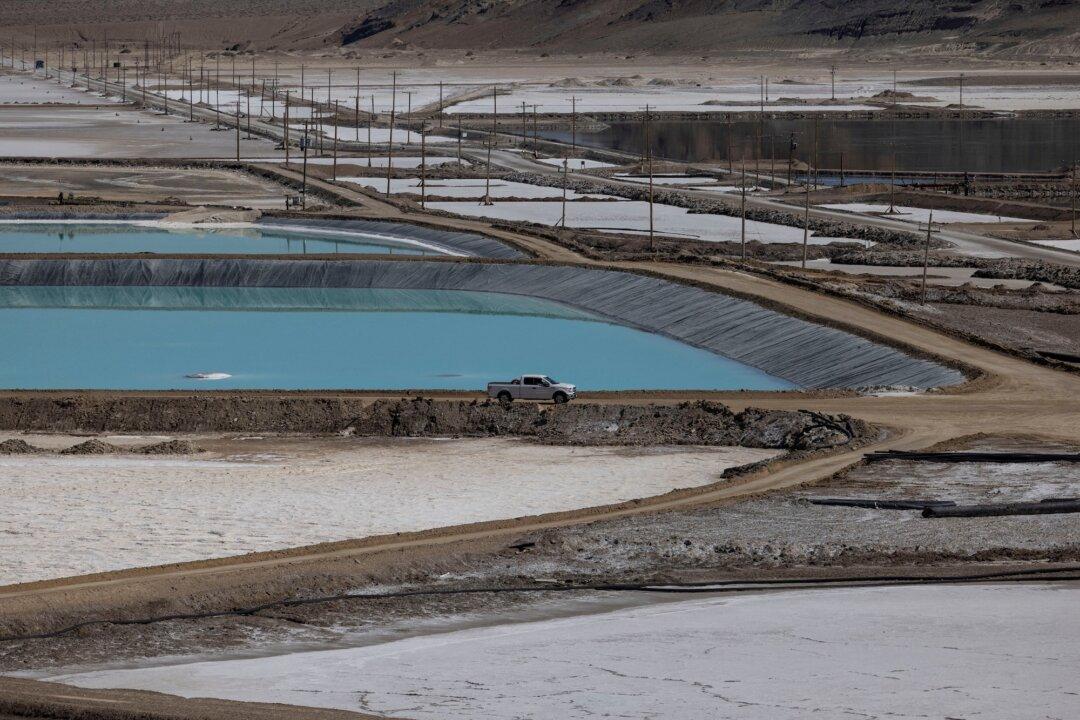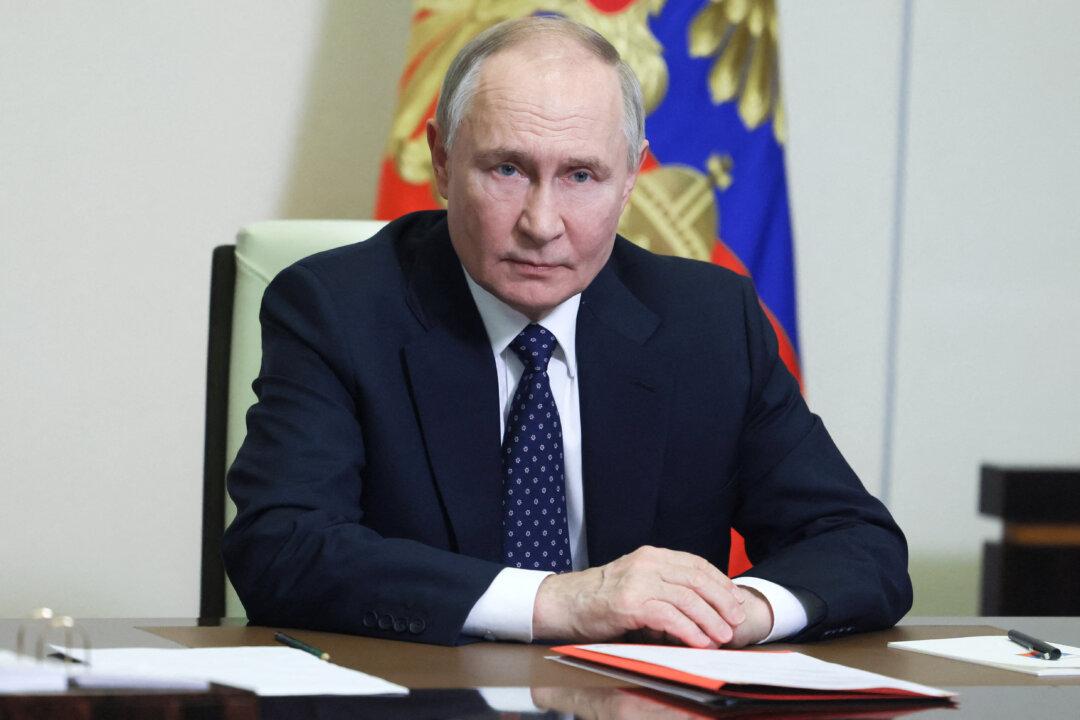Federal Reserve governor Philip Jefferson said in his first public remarks since taking office in May that current “very tight” labor market dynamics are adding to inflationary pressures while warning the Fed’s fight against inflation is likely to take “some time,” and the central bank is determined to tame runaway prices even at the cost of a hit to the economy.
In his speech, Jefferson said that the pandemic-era shift to remote working helped keep people employed, contributing to the historically low unemployment rate of 3.7 percent.
“It is too soon to say whether the pandemic and the changes it brought—many of which this conference has covered—are going to be permanent or ebb as time goes by,” he said at the conference, which focused on the impact of technology on the post-pandemic economy.
‘Very Tight’ Labor Market
Jefferson then pivoted to discussing the economic outlook, touching on labor market dynamics and inflation.“The labor market remains strong, as can be seen across a variety of measures, from the low unemployment rate to the high quits rate, which illustrates the confidence of workers who are willing to leave their jobs in pursuit of better ones,” Jefferson said.
The U.S. quits rate hit a record high of 3.0 percent in November 2021, and while it has eased somewhat the current 2.7 percent rate remains above pre-pandemic levels and is a sign of labor market tightness.
“With still-strong labor demand and sluggish labor supply, the job market remains very tight,” Jefferson said. “Workers are moving between jobs more rapidly than in the past, putting upward pressure on wages.”
‘Trend Is Right’
Federal Reserve officials have been looking to bring the number of vacancies and unemployed persons into closer alignment.“The Fed wants to get this back to the pre-pandemic 1.2, so a big step was taken here,” Liz Young, head of investment strategy at SoFI, said in a statement on Twitter, referring to the ratio of vacancies to unemployed persons.
Alfonso Peccatiello, former portfolio manager for ING Deutschland and now author of the newsletter Macro Compass, said in a statement on Twitter that the Fed still has a “way to go” to bring the labor market into more balance, “but it seems the trend is right.”
Fed Chair Jerome Powell said in September that he was hoping for vacancies to decline without an associated rise in unemployment.
Wage-Price Spiral
In his speech, Jefferson said the situation with more job openings than available workers “is leading to rapid wage gains now, and the resulting salary compression may lead to further upward wage pressures in the future,” which feeds into inflation more generally.Still, he said the slowing economy was likely to ease wage-price spiral pressures as demand conditions in the labor market moderate.
“Nonetheless, inflation remains elevated, and this is the problem that concerns me most,” he continued, expressing concern that future inflation expectations risk becoming de-anchored and so potentially amplifying inflationary pressures.
Jefferson then reiterated the Fed’s pledge to bring inflation down.
“I want to assure you that my colleagues and I are resolute that we will bring inflation back down to 2 percent,” he said.
Jefferson said the Fed has “acted boldly” to tackle soaring prices, with the central bank delivering a number of sharp rate hikes, putting the Fed Funds rate within a range of between 3 percent and 3.25 percent.
Policymakers at the Fed have repeatedly said they expect rates to go even higher and remain at restrictive levels for some time.
Dovetailing with other policymakers’ remarks, Jefferson said the Fed’s inflation fight would likely be protracted and would slow the economy.
“Restoring price stability may take some time and will likely entail a period of below-trend growth,” he said.





